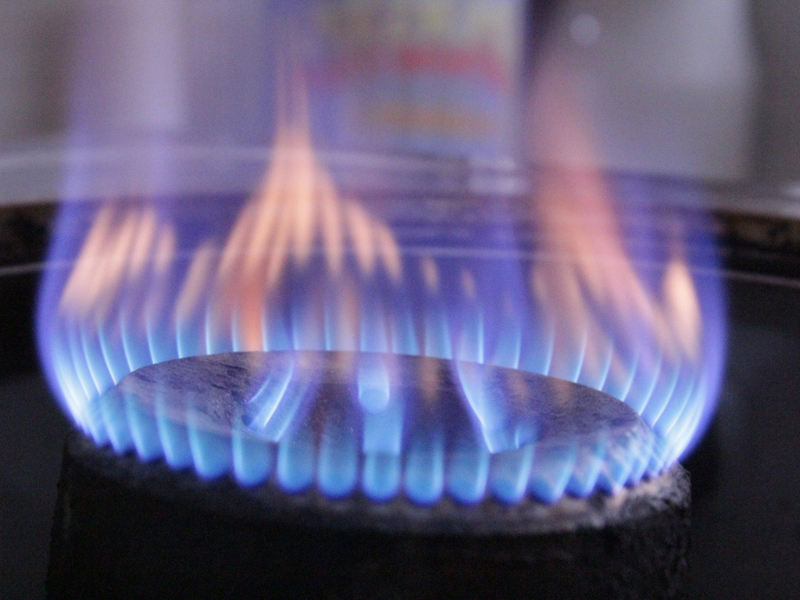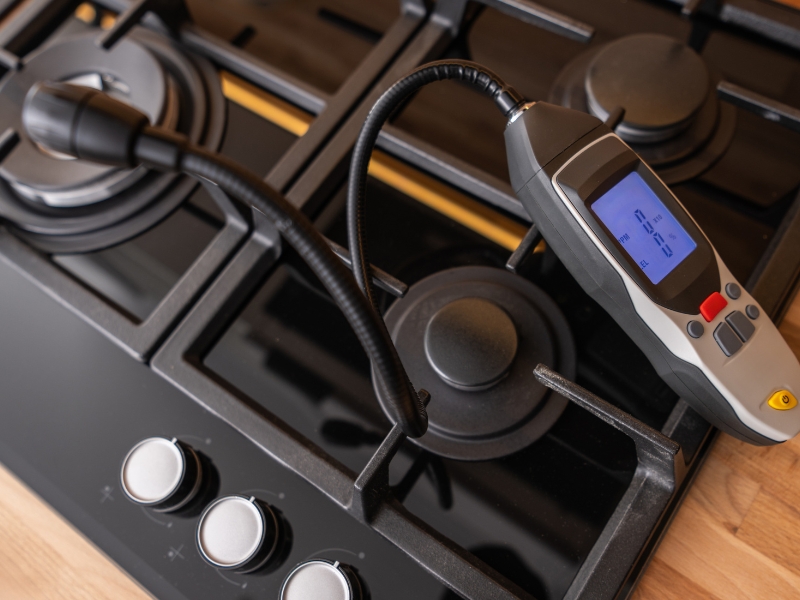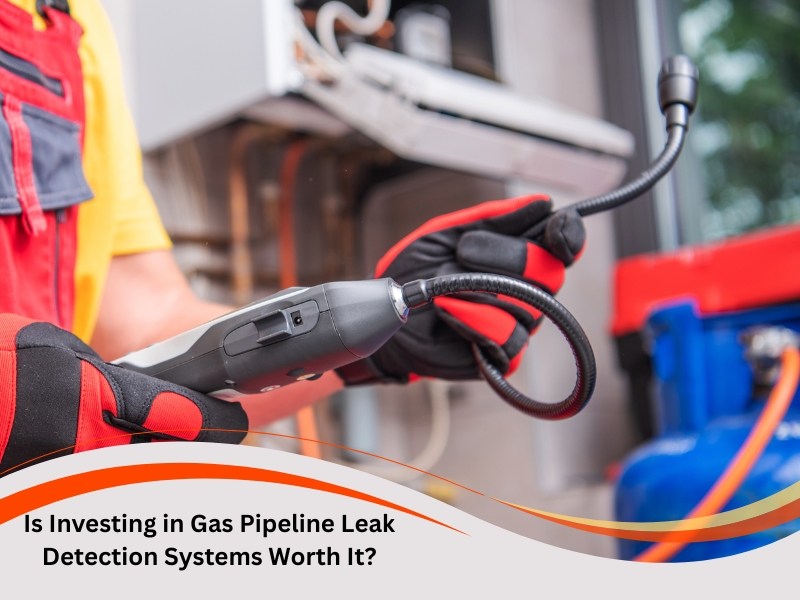What would happen if a gas leak went undetected for weeks? This isn’t a far-fetched scenario—it’s a reality many property owners have faced. The risk of undetected gas leaks extends beyond high bills or unpleasant odours; it can cause explosions, long-term health problems and structural damage. Gas pipeline leaks rarely announce themselves with evident signs, which is why gas pipeline leak detection systems have become such a critical safeguard in modern Australian homes and businesses. This article explains exactly why these systems are worth serious consideration, helping you understand the technology, safety benefits and compliance obligations that come with protecting your property.
What signs suggest you may need gas pipeline leak detection?
It’s easy to miss the early warnings of a leak, but a few indicators can help you spot trouble before it escalates.
- Unusual odours: A strong smell of gas inside or near the building, even after ventilation attempts, indicates a problem you shouldn’t ignore.
- Unexpected gas bills: A sudden spike in usage without the addition of extra appliances is a red flag worth investigating immediately.
- Dying vegetation: Brown or dead patches in the garden can mean gas is seeping underground and affecting the soil over time.
- Persistent symptoms, such as frequent headaches, dizziness, or nausea when indoors, can signal gas exposure that builds gradually.
- Audible hissing: A faint whistle or hiss near fittings can reveal escaping gas under pressure that spreads silently through structures.
Recognising these signs early prevents larger, more dangerous leaks. If any combination of these symptoms arises, it’s essential to book professional help quickly. Many homeowners turn to modern gas pipeline leak detection systems to quickly locate and repair leaks with minimal disruption.
How does electronic gas pipeline leak detection improve accuracy?

Modern electronic detection systems have revolutionised property safety. They provide detailed, real-time insights that traditional methods simply can’t match.
- Infrared cameras: Detect temperature shifts that pinpoint gas movement behind walls or under floors where it’s hard to see.
- Ultrasonic sensors: Pick up high-frequency sounds produced by escaping gas, even in busy or noisy areas with background hum.
- Digital logging tools: Record data over time to spot recurring leaks and assist compliance documentation during inspections.
- Remote alerts: Send instant notifications to your phone or control system if safety thresholds are suddenly breached.
- Calibration checks: Ensure equipment remains precise through scheduled verification routines recommended by manufacturers.
These devices provide faster and more precise results, reducing the time and cost of repairs by offering practical ways to improve gas pipeline detection and monitoring. You can access guides that show how to integrate electronic monitoring into a comprehensive safety strategy. This is how electronic tools help you stay one step ahead.
Why is routine gas pipeline leak detection essential for compliance?
Routine inspections are more than an obligation—they’re a practical safeguard that shields your investment and legal standing.
- Regulatory standards: Annual checks are often required under Australian gas safety laws and specific insurance agreements that apply to rentals and commercial sites.
- Insurance coverage: Failing to document inspections can jeopardise claims if a leak or damage occurs without warning or apparent cause.
- Occupational safety: Workplaces have strict compliance rules in place to protect employees and visitors from serious hazards associated with gas exposure.
- Tenant safety: Landlords must demonstrate proactive maintenance to avoid costly liability issues or legal action in the future.
- Record management: Accurate records streamline audits and support evidence in case of disputes or compensation claims.
Neglecting routine checks can result in hefty fines or even business shutdowns. Regular maintenance reinforces your commitment to safety and proves compliance with regulations.
Knowing how to respond safely when a gas leak is suspected helps you act decisively and protect everyone on-site in the event of a leak. No shortcuts—compliance demands consistency.
How do advanced tools detect hidden gas pipeline leaks?
Advanced detection systems uncover leaks that manual inspections often miss. They blend precise measurement with non-invasive technology, reducing disruption to structures and daily routines.
- Acoustic microphones: Capture the most minor vibrations of gas escaping under pressure, even when buried deep underground or masked by traffic noise.
- Tracer gases: Help locate leaks by tracking harmless compounds through pipelines and highlighting weak spots that traditional methods overlook.
- Thermal imaging reveals subtle temperature variations caused by escaping gas in walls, floors, or ceilings without removing fixtures.
- Smart flow meters: Monitor usage patterns and trigger alerts if consumption changes unexpectedly or drops sharply over a short period.
- Gas sniffer probes: Detect trace levels of gas along joints, connectors and hidden fittings in any structure, from homes to industrial facilities.
Here’s a comparison of standard detection tools:
Detection Tool | Main Benefit | Best Application |
Infrared Camera | Detects hidden leaks via heat mapping | Indoor concealed pipes |
Ultrasonic Detector | Identifies sound waves from leaks | Noisy outdoor environments |
Tracer Gas System | Finds micro-leaks with precision | Complex pipeline networks |
Smart Metering | Tracks unusual gas flow patterns | Large commercial properties |
These tools offer quicker, less intrusive detection, reducing the need for dismantling walls or floors. Considering gas leak detection as part of essential home maintenance, staying proactive pays off in the long run. Better tools mean fewer surprises.
How do certified technicians carry out gas leak repairs safely?

Certified technicians follow a structured process to repair leaks safely and according to legal requirements. Unlike general trades, licensed gas professionals have specialised training to handle emergencies with minimal risk.
- System shutdown: All gas lines are isolated to prevent further leaks or pressure build-up during repairs and ensure the area is secure.
- Verification checks: Calibrated detectors confirm the leak’s source before any repair or replacement work begins, thereby avoiding guesswork.
- Ventilation planning: The area is ventilated to disperse any accumulated gas that could cause harm to occupants or workers.
- Component replacement: Damaged fittings are replaced rather than patched to ensure long-term safety, reliability and compliance.
- Final testing: Post-repair inspections validate the system’s integrity, compliance and proper sealing of all connections to prevent repeat leaks.
Skilled technicians also document every step, making insurance claims and compliance audits much easier to manage.
Final thoughts
Gas pipeline leaks carry consequences no property owner can afford to ignore. From rising costs and health hazards to compliance headaches, the impact is far-reaching. Investing in detection systems and engaging qualified professionals helps you avoid costly emergencies and stay compliant with Australian standards.
If you’d like more guidance, you can always find out how Apex Gas Heater Service can help protect your property with advice tailored to your situation.

